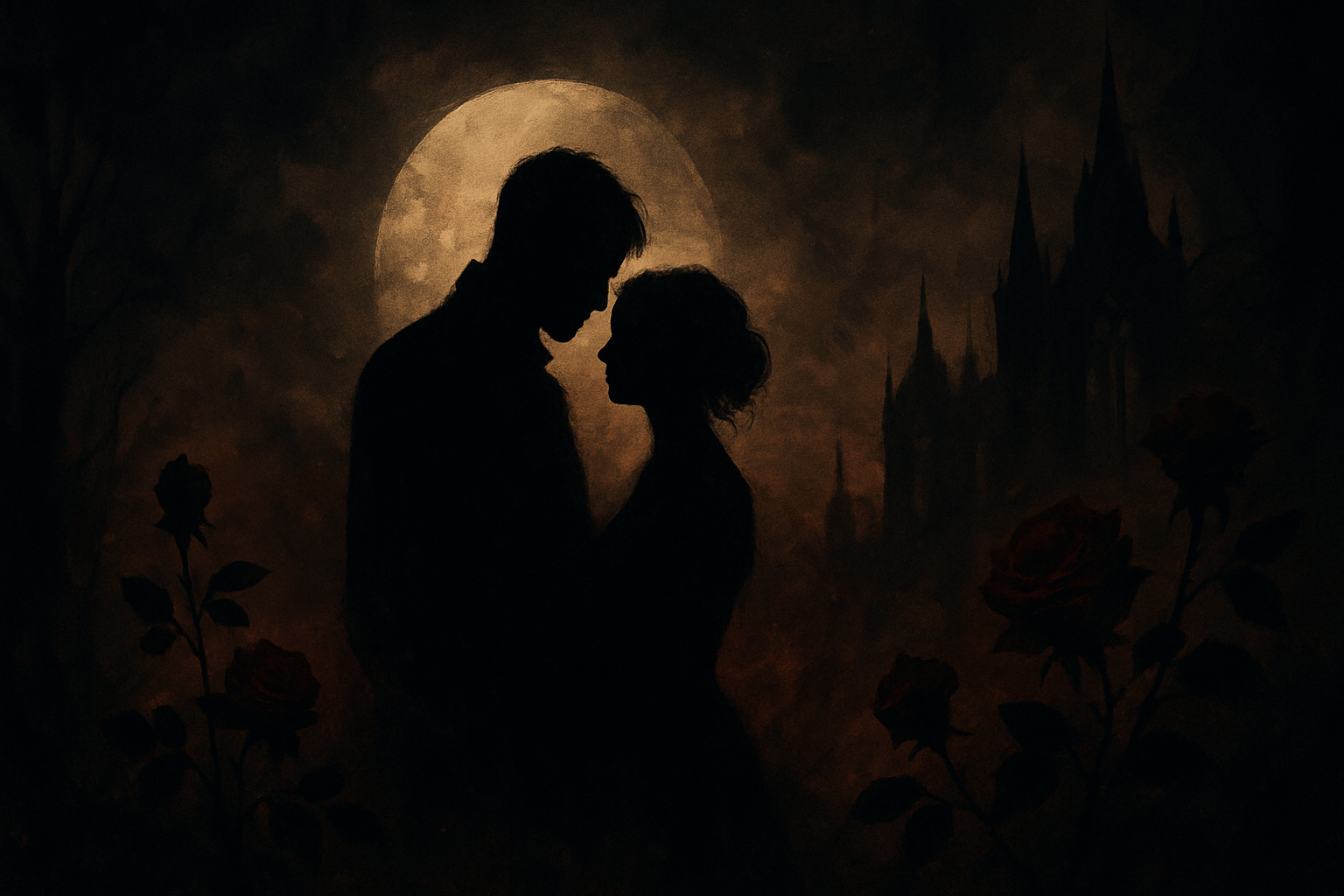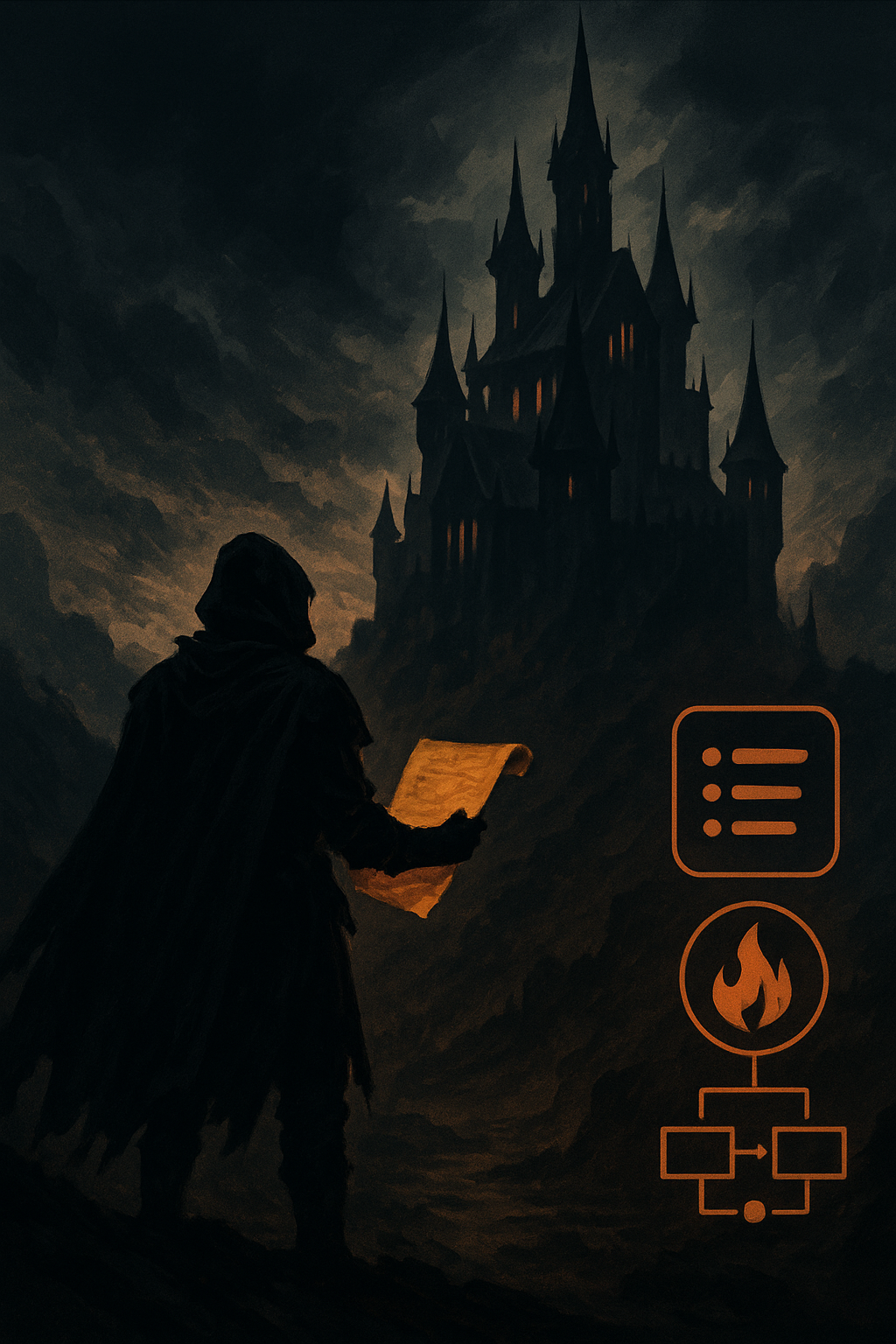Epic fantasy has never been more popular. Between 2023 and 2024, the value of science-fiction and fantasy book sales jumped more than 40% and the number of print units sold in the adult fantasy segment surged by over 85%. Powerful stories like Fourth Wing and A Court of Thorns and Roses have sold more than a million copies each. For writers, this boom offers opportunity and fierce competition. This guide demystifies the craft behind epic fantasy and lays out a clear, modern approach to building worlds, weaving plots and creating characters that keep readers turning pages.
Summary
An epic fantasy novel combines a vast, invented world with high stakes, a large cast and themes of destiny and sacrifice. To write one, develop a unique idea, outline the story structure, build a believable world and magic system, craft complex characters with clear goals, and weave the plot through action and emotion. Ground your story in personal stakes, avoid info-dumps and stick to consistent rules for your magic and cultures.
- Epic fantasy features vast secondary worlds, multiple viewpoints and high stakes; most published novels run 100,000–150,000 words.
- Adult fantasy sales jumped 85% in the first half of 2024 and the genre’s value grew 41% between 2023 and 2024; romantasy alone helped drive £552.7 million in fiction revenue.
- Key steps: spark an idea; know your world; create complex characters; build a consistent magic system; choose a story structure; start with action; and weave in themes.
- Common pitfalls include info-dumping, overpowered characters, weak stakes and unclear magic rules.
- Done well, epic fantasy offers readers immersive escapism and writers a chance to explore themes of power, identity and sacrifice.
Definition and Core Concept
Epic fantasy is a subgenre of high fantasy set entirely in a secondary world. Unlike low fantasy, which introduces magic into a familiar setting, epic fantasy immerses readers in an invented landscape with its own history, cultures and languages. It often features a huge cast, interwoven storylines and themes of good versus evil, destiny and sacrifice.
A hallmark of epic fantasy is the quest or journey, often following the Hero’s Journey or a three-act structure. Because of its scale, most epic fantasies run between 100,000 and 150,000 words, though some series are much longer. A thriving epic fantasy hinges on three pillars:
- World-building – Geography, climate, cultures, economics and politics. Decide how magic works, who can use it and what it costs.
- Character and conflict – Complex characters with goals, fears and backstories. Protagonists often grow from ordinary individuals into leaders. Multiple points of view provide scope.
- Plot and structure – A narrative arc that ties personal stakes to world-spanning consequences. Begin with action, not exposition.
Why It Matters
Epic fantasy offers escapism and commentary on real-world issues through metaphor. The sales surge proves its relevance: adult fantasy sales grew 85.2% in the first half of 2024. In the UK, fiction sales hit £552.7 million in 2024, with romantasy driving growth.
On a creative level, epic fantasy lets authors explore themes of power, identity, faith and sacrifice. Building a rich world encourages empathy for unfamiliar cultures and sharpens plotting, character and world-building skills that apply to any genre.
Step-by-Step Framework
- Start with a spark – Begin with a “what if” and expand it into high stakes.
- Know your world – Outline geography, climate, conflicts and cultures. Sketch maps if useful.
- Create complex characters – Motivations, fears, flaws and arcs. Distinct POVs if needed.
- Build a consistent magic system – Define powers, access, costs and limitations.
- Choose a structure – Hero’s Journey, three-act arc, or other frameworks. Plot major beats.
- Begin with action – Start with a moment that matters. Show the world through character perspective.
- Weave themes and emotion – Ground epic events in personal stakes.
- Revise and refine – Edit for pacing and clarity. Seek feedback from beta readers.
Watch-outs
- Info-dumping – Introduce lore gradually through dialogue and action.
- Overpowered characters – Give them limits and weaknesses.
- Weak stakes – Tie global conflicts to personal goals.
- Unclear magic rules – Be consistent and clear.
- Tone inconsistency – Keep tone steady.
Done Looks Like
- A lived-in world with consistent rules and cultures.
- Characters with complete arcs.
- A structured plot with rising stakes and payoff.
- Exposition woven into scenes.
- Themes and emotional stakes that resonate to the end.
Tools, Examples and Mini-Case Notes
Use spreadsheets, wikis, or note-apps to track details. Study published novels to see how they balance POVs, pacing and lore. Keep a naming file to avoid clichés and confusion.
Common Mistakes and How to Avoid Them
- Cultures that never interact – show trade, conflict and exchange.
- Invented languages without context – hint with syntax or a few words.
- Perfect races – give flaws and conflicts.
- Frozen timelines – reflect technological and social change.
- Magic without rules – establish costs and limits.
- Excessive description – use sparingly for mood.
- Losing the main plot – ensure subplots tie back.
- Ignoring audience expectations – tailor to your readership.
Advanced Tips and Edge Cases
- Layer themes and symbolism – weave motifs like relics or religions into the narrative.
- Playing with perspective – limit simultaneous POVs; ensure unique voices.
- Subverting tropes – twist chosen ones, dragons, prophecies.
- Languages and dialects – suggest variety through style, not full translations.
- Balancing scope and pacing – alternate action and quieter beats.
- Series vs. stand-alone – Book 1 should be complete but leave threads.
Implementation Checklist
- Unique spark or premise with ripple-effect stakes
- Outline of geography, cultures, history and magic rules
- Character profiles with motivations and arcs
- Defined magic system with rules, costs and limits
- Chosen story structure and major beats mapped
- Opening scene with action or conflict
- Themes and symbolism layered in
- Consistent tone and pacing
- Editing plan with beta reader feedback
FAQs
How long should an epic fantasy novel be?
Most are 100,000–150,000 words. The first book should stand alone but allow for expansion.
Do I need to plan my entire world before writing?
No. Plan only what impacts plot and characters. Flesh out details as you go.
Can epic fantasy work without magic?
Yes, but amplify scope with politics, culture and scale.
Is it okay to use multiple points of view?
Yes, if each POV has a distinct arc and avoids head-hopping.
How do I keep track of lore and characters?
Use spreadsheets, wikis or color-coding. Stay organized.
What tropes can I twist?
Prophecies, chosen ones, secret heirs. Add surprising consequences.
What should I avoid when naming?
Avoid confusing or cliché names. Keep cultural consistency.
How can I balance world-building with pacing?
Use sensory detail sparingly. Alternate exposition with action and dialogue.
Create a full epic fantasy novel tailored to your taste, ready to read in minutes with Kibbi.
Epic fantasy isn’t just about dragons and prophecies; it’s about immersing readers in a world that feels real, relevant and emotionally resonant. With a unique spark, thoughtful world-building and a commitment to craft, you can offer readers the escapist adventure they crave. Start writing and let your imagination take flight.
.png)




.png)



